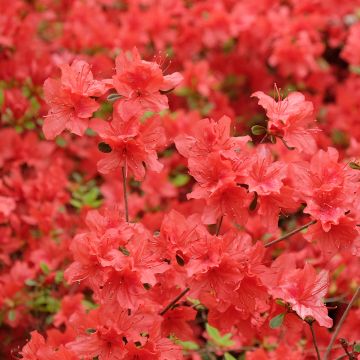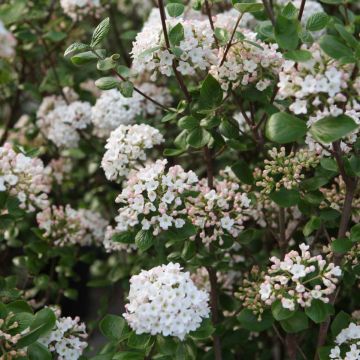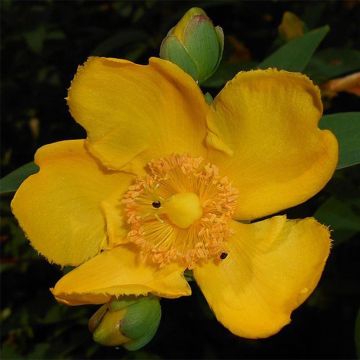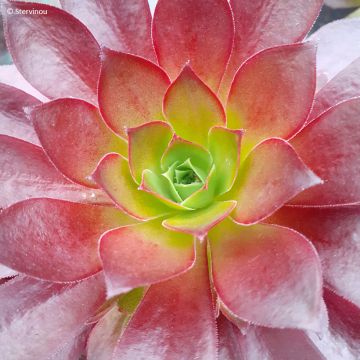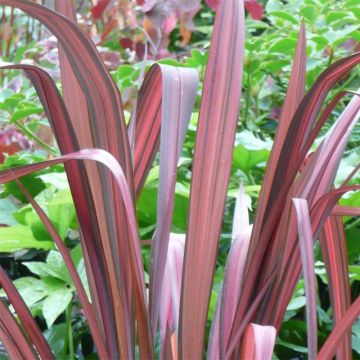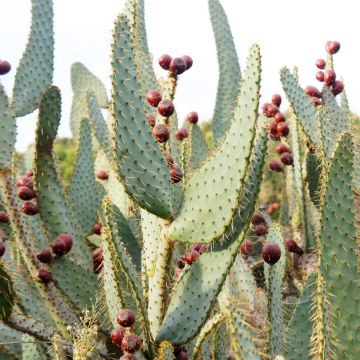Shipping country and language
Your country of residence may be:
Your country of residence is:
For a better user experience on our website, you can select:
Your shipping country:
-
Andorra
-
Austria
-
Belgium
-
Bulgaria
-
Canada
-
Chile
-
Croatia
-
Cyprus
-
Czechia
-
Denmark
-
Estonia
-
Finland
-
France
-
Germany
-
Greece
-
Hungary
-
Iceland
-
Ireland
-
Italy
-
Latvia
-
Lithuania
-
Luxembourg
-
Malta
-
Monaco
-
Netherlands
-
Poland
-
Portugal
-
Romania
-
Slovakia
-
Slovenia
-
Spain
-
Sweden
-
Switzerland
-
United Kingdom
We only deliver seed and bulb products to your country. If you add other products to your basket, they cannot be shipped.
Language:
-
French
-
German
-
Spanish
-
English
-
Italian
My Account
Hello
My wish lists
Log in / Register
Existing customer?
New customer?
Create an account to track your orders, access our customer service and, if you wish, make the most of our upcoming offers.


Lophomyrtus x ralphii Golden dragon®


Lophomyrtus x ralphii Golden dragon®
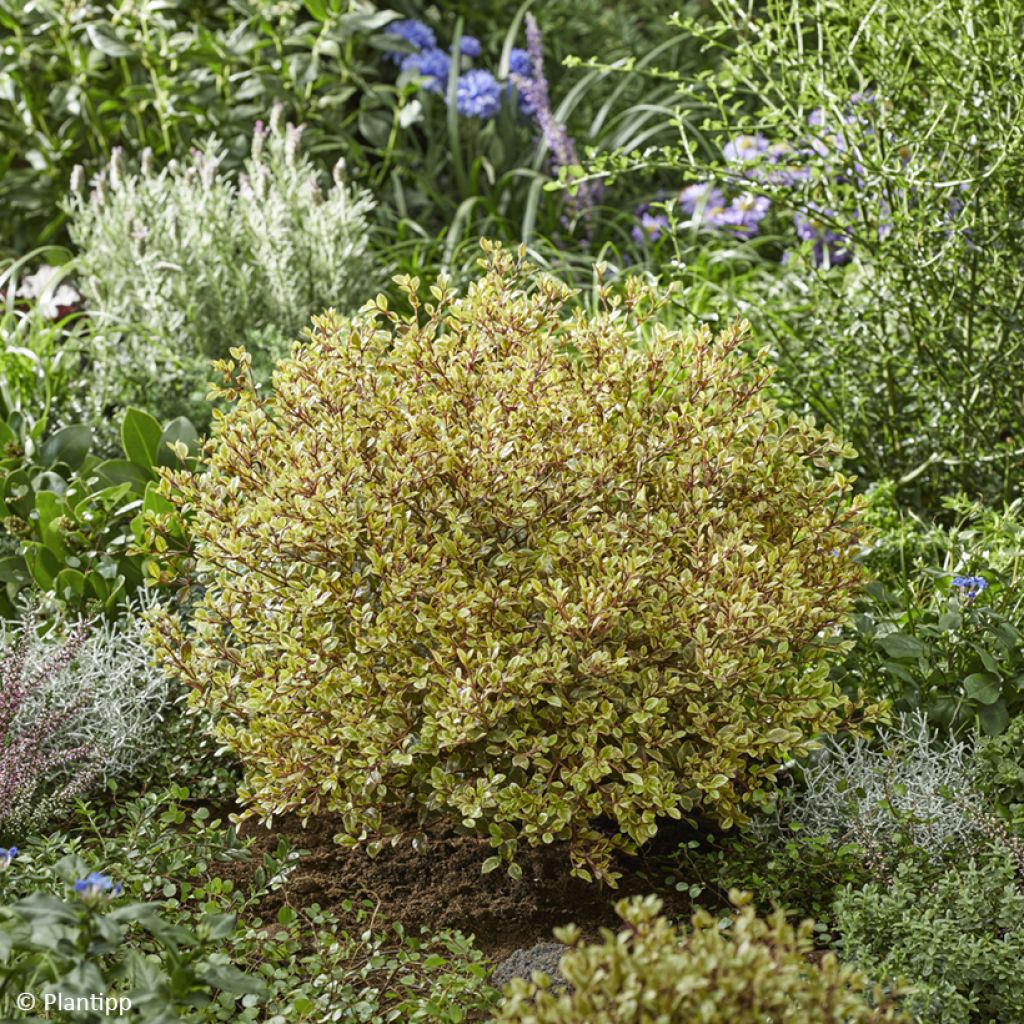

Lophomyrtus x ralphii Golden dragon®
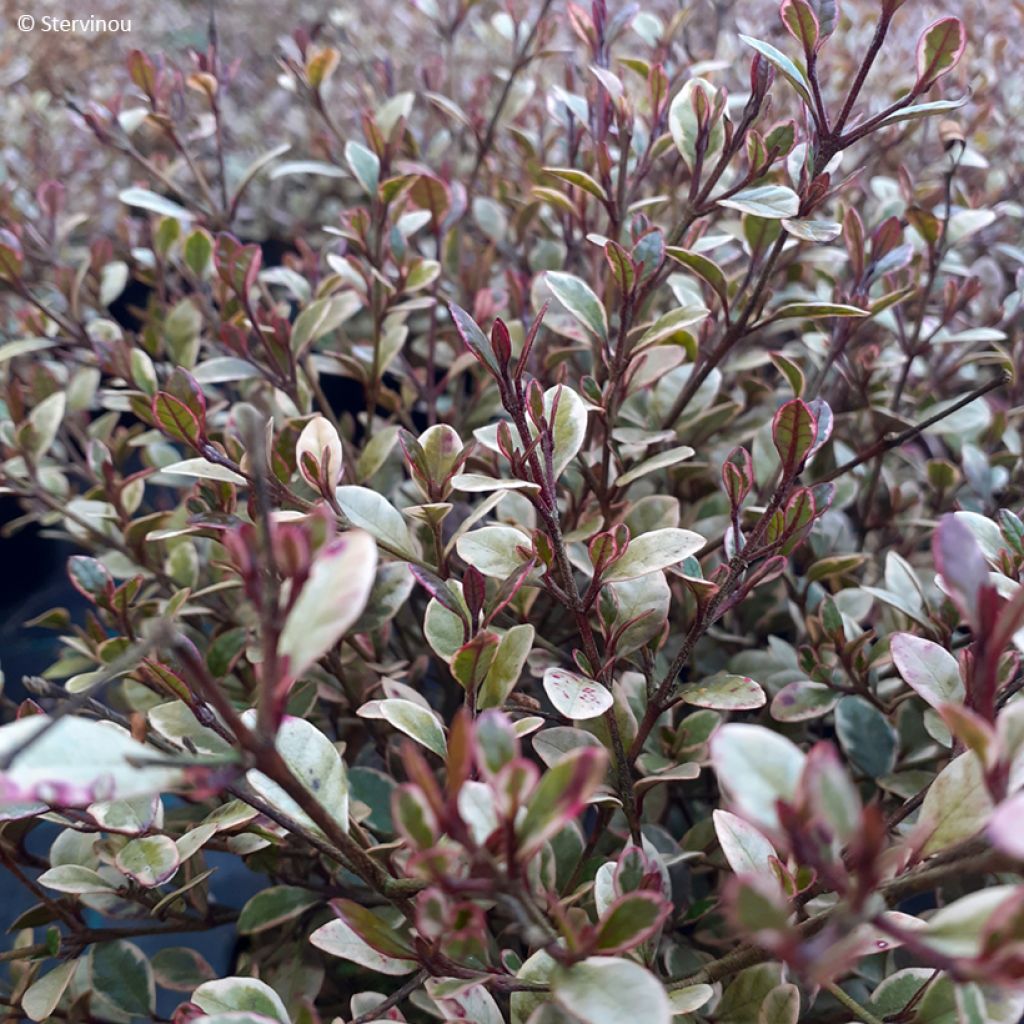

Lophomyrtus x ralphii Golden dragon®
Lophomyrtus x ralphii Golden dragon®
Lophomyrtus x ralphii 'Luc2016' Golden dragon®
Purple Knight, Black Beauty, Red Dragon
Order in the next for dispatch today!
Dispatch by letter from €3.90.
Delivery charge from €5.90 Oversize package delivery charge from €6.90.
More information
This item is not available in your country.
Schedule delivery date,
and select date in basket
This plant carries a 24 months recovery warranty
More information
We guarantee the quality of our plants for a full growing cycle, and will replace at our expense any plant that fails to recover under normal climatic and planting conditions.
From €5.90 for pickup delivery and €6.90 for home delivery
Express home delivery from €8.90.
Does this plant fit my garden?
Set up your Plantfit profile →
Description
The Lophomyrtus x ralphii 'Golden Dragon' is an interesting evergreen bush for its bright foliage and small size. It is perfect for brightening up a terrace or balcony, or even a bed or border in a mild climate. Compact, dense, nicely rounded, it carries on its red stems small variegated leaves of green and cream yellow that turn orange shades in autumn. Displayed on a terrace well protected from bad weather, it creates a gently exotic atmosphere. In cold climates, it will be grown like a citrus plant, in a pot, to be stored frost-free in winter.
Belonging to the Myrtaceae family, Lophomyrtus × ralphii 'Golden Dragon' is a hybrid originating from New Zealand. It is a small evergreen bush, measuring up to 60 cm high and wide, with a compact and rounded habit. Its small oval, slightly undulate leaves are about 2 to 3 cm long. They are pale green, variegated with golden yellow, with orange and pink hues in autumn, borne on red stems turning mahogany. Subtle, the small 1 cm white flowers that appear in summer, resemble those of the common myrtle: they feature a beautiful cluster of white stamens. They arise in the axils of the leaves, on the shoots of the year. After pollination by bees, small black berries form attracting birds in autumn. The growth of this Lophomyrtus is moderately fast, reaching its adult size in 2 to 5 years. It is a plant for fresh, humus-bearing, well-drained, slightly acidic to neutral soil.
Hardy down to -5 °C, the Lophomyrtus 'Golden Dragon' is a lovely plant for a terrace and orangery in cold climates. In mild climates, especially on the Atlantic coast of our country, it can be used in a bed or in a low hedge. It can be associated with Myrtle 'Tarentina', Leptosmermum 'Snow Flurry', Boronia, and Eriostemon myoporoides.
Report an error about the product description
Lophomyrtus x ralphii Golden dragon® in pictures




Plant habit
Flowering
Foliage
Botanical data
Lophomyrtus
x ralphii
'Luc2016' Golden dragon®
Myrtaceae
Purple Knight, Black Beauty, Red Dragon
Cultivar or hybrid
Other Shrubs A to Z
Planting and care
The Lophomyrtus ralphii ‘Golden Dragon’ will thrive in a light, humus-bearing soil, preferably slightly acidic to neutral, well-drained, but moist, especially in summer. While it proves more tolerant to temporary drought once well established, flowering and fruiting, abundant under favourable conditions, will be greatly impacted by a lack of water. It tolerates sea spray well. Plant it after the last frosts. It will flourish in the sun (not scorching) to enhance the intensity of its foliage colours, or in partial shade in very sunny regions. It is hardy down to -5°C at the tip once mature. It will be essential, in regions far from the sea, to cultivate it in a large pot for overwintering, in a bright, unheated room. To shape it, you can eventually prune the stems after flowering to encourage the plant to branch out.
Pot Culture:
Ensure good drainage at the bottom of the pot, which should be of a large volume (30 litres). Use a light substrate, enriched with leaf mould, compost, sand, and heather soil. A soil mix for Mediterranean plants or citrus trees will also be suitable. Apply a bit of slow-release fertiliser at the end of winter and in autumn. Water generously in summer, preferably with non-calcareous water (rainwater), allowing the soil to dry out a bit between waterings. The more you water, the more your Lophomyrtus will flower and fruit.
Planting period
Intended location
Care
This item has not been reviewed yet - be the first to leave a review about it.
Evergreen shrubs
Haven't found what you were looking for?
Hardiness is the lowest winter temperature a plant can endure without suffering serious damage or even dying. However, hardiness is affected by location (a sheltered area, such as a patio), protection (winter cover) and soil type (hardiness is improved by well-drained soil).

Photo Sharing Terms & Conditions
In order to encourage gardeners to interact and share their experiences, Promesse de fleurs offers various media enabling content to be uploaded onto its Site - in particular via the ‘Photo sharing’ module.
The User agrees to refrain from:
- Posting any content that is illegal, prejudicial, insulting, racist, inciteful to hatred, revisionist, contrary to public decency, that infringes on privacy or on the privacy rights of third parties, in particular the publicity rights of persons and goods, intellectual property rights, or the right to privacy.
- Submitting content on behalf of a third party;
- Impersonate the identity of a third party and/or publish any personal information about a third party;
In general, the User undertakes to refrain from any unethical behaviour.
All Content (in particular text, comments, files, images, photos, videos, creative works, etc.), which may be subject to property or intellectual property rights, image or other private rights, shall remain the property of the User, subject to the limited rights granted by the terms of the licence granted by Promesse de fleurs as stated below. Users are at liberty to publish or not to publish such Content on the Site, notably via the ‘Photo Sharing’ facility, and accept that this Content shall be made public and freely accessible, notably on the Internet.
Users further acknowledge, undertake to have ,and guarantee that they hold all necessary rights and permissions to publish such material on the Site, in particular with regard to the legislation in force pertaining to any privacy, property, intellectual property, image, or contractual rights, or rights of any other nature. By publishing such Content on the Site, Users acknowledge accepting full liability as publishers of the Content within the meaning of the law, and grant Promesse de fleurs, free of charge, an inclusive, worldwide licence for the said Content for the entire duration of its publication, including all reproduction, representation, up/downloading, displaying, performing, transmission, and storage rights.
Users also grant permission for their name to be linked to the Content and accept that this link may not always be made available.
By engaging in posting material, Users consent to their Content becoming automatically accessible on the Internet, in particular on other sites and/or blogs and/or web pages of the Promesse de fleurs site, including in particular social pages and the Promesse de fleurs catalogue.
Users may secure the removal of entrusted content free of charge by issuing a simple request via our contact form.
The flowering period indicated on our website applies to countries and regions located in USDA zone 8 (France, the United Kingdom, Ireland, the Netherlands, etc.)
It will vary according to where you live:
- In zones 9 to 10 (Italy, Spain, Greece, etc.), flowering will occur about 2 to 4 weeks earlier.
- In zones 6 to 7 (Germany, Poland, Slovenia, and lower mountainous regions), flowering will be delayed by 2 to 3 weeks.
- In zone 5 (Central Europe, Scandinavia), blooming will be delayed by 3 to 5 weeks.
In temperate climates, pruning of spring-flowering shrubs (forsythia, spireas, etc.) should be done just after flowering.
Pruning of summer-flowering shrubs (Indian Lilac, Perovskia, etc.) can be done in winter or spring.
In cold regions as well as with frost-sensitive plants, avoid pruning too early when severe frosts may still occur.
The planting period indicated on our website applies to countries and regions located in USDA zone 8 (France, United Kingdom, Ireland, Netherlands).
It will vary according to where you live:
- In Mediterranean zones (Marseille, Madrid, Milan, etc.), autumn and winter are the best planting periods.
- In continental zones (Strasbourg, Munich, Vienna, etc.), delay planting by 2 to 3 weeks in spring and bring it forward by 2 to 4 weeks in autumn.
- In mountainous regions (the Alps, Pyrenees, Carpathians, etc.), it is best to plant in late spring (May-June) or late summer (August-September).
The harvesting period indicated on our website applies to countries and regions in USDA zone 8 (France, England, Ireland, the Netherlands).
In colder areas (Scandinavia, Poland, Austria...) fruit and vegetable harvests are likely to be delayed by 3-4 weeks.
In warmer areas (Italy, Spain, Greece, etc.), harvesting will probably take place earlier, depending on weather conditions.
The sowing periods indicated on our website apply to countries and regions within USDA Zone 8 (France, UK, Ireland, Netherlands).
In colder areas (Scandinavia, Poland, Austria...), delay any outdoor sowing by 3-4 weeks, or sow under glass.
In warmer climes (Italy, Spain, Greece, etc.), bring outdoor sowing forward by a few weeks.
